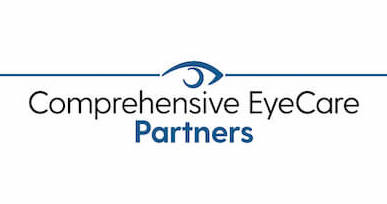
By age sixty-five, more than ninety percent of Americans will develop cataracts, making it one of the most common eye diseases diagnosed by eye care professionals. Given the statistical likelihood of a diagnosis in your lifetime, you might be wondering exactly how you will know you have cataracts.
Keep reading to learn how to find out if you have cataracts!
Schedule a Comprehensive Eye Exam
The best way to determine whether you have cataracts is to schedule a comprehensive eye exam with an experienced eye doctor. These professionals, like the ones at Shepherd Eye Center, have very specific tests that can accurately diagnose cataracts and other common eye conditions that often develop as you age.
The test used to diagnose cataracts is the retinal exam. During this test, your eye is dilated using special eye drops, allowing your eye doctor to closely examine the structures of your eye, including the lens.
If you are developing cataracts, your eye’s natural lens will appear cloudy or as if it was covered with a white film. During the early stages of cataracts, this change to the appearance of your lens is usually not noticeable without a close examination.
Even before you are diagnosed with cataracts following a comprehensive eye exam, it is helpful to be aware of both the risk factors for developing cataracts as well as the signs and symptoms of the disease. As with most medical conditions, treatment outcomes are often more successful with early detection.
What Are the Risk Factors for Cataracts?
While aging is the most common factor in developing cataracts, there are other health conditions that can put you at a higher risk for cataracts.
These include:
- High blood pressure
- Underlying disease, particularly diabetes
- A history of smoking
- Obesity
- Exposure to UV lights over a prolonged amount of time without the use of protective eyewear
- Excessive consumption of alcohol
- A previous eye injury, chronic eye inflammation, or another eye surgery
Know the Signs and Symptoms of Cataracts
Many cataract patients experience the most common signs and symptoms of cataracts well before they are diagnosed. If you are experiencing any of these signs and symptoms, it is a good idea to schedule an eye exam as soon as possible:
Vision Changes
Cataracts can cause your vision to become blurry, cloudy, or hazy.
Difficulty Seeing in Low Light
You may find it difficult to read things in low light, like a menu in a candle-lit restaurant or a book, without a reading lamp next to your chair.
An Increased Sensitivity to Bright Lights or Glare
This can be especially noticeable when you are driving at night and find that you are increasingly affected by the brightness of headlights or street lamps.
Changes in Color Perception
Colors can seem less vibrant than they used to. It may also be difficult to distinguish between different shades of the same color.
Halos
You may suddenly notice halos around lights, particularly at night.
Double Vision
You may start to see two images instead of one on either one or both of your eyes.
Frequent changes in Your Prescription
You may need to adjust your eye prescription more than usual or notice that your corrective eyewear does not correct your vision as it used to.
Finding out you have cataracts does not have to result in the permanent impairment of your vision. Early diagnosis, awareness of your risk factors, and identifying signs and symptoms are the surest way to prevent cataracts from permanently affecting the quality of your vision!
Are you experiencing symptoms of cataracts? Schedule an appointment at Shepherd Eye Center at one of our 5 locations in Las Vegas or Henderson, NV, today!


